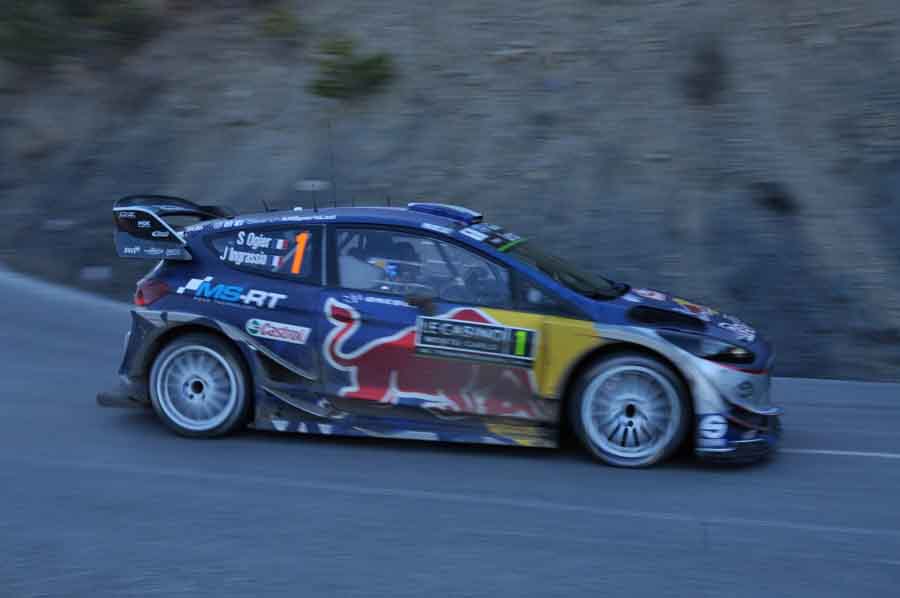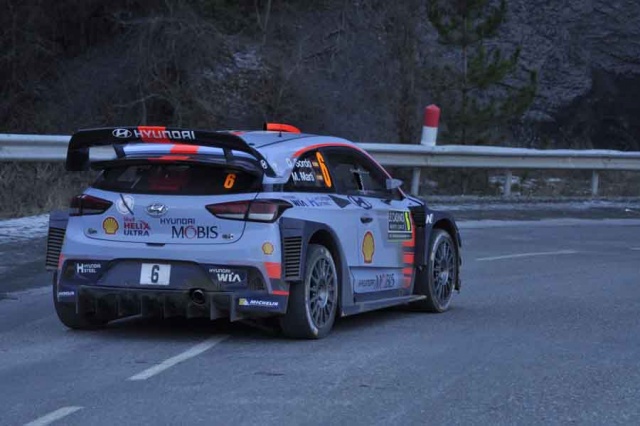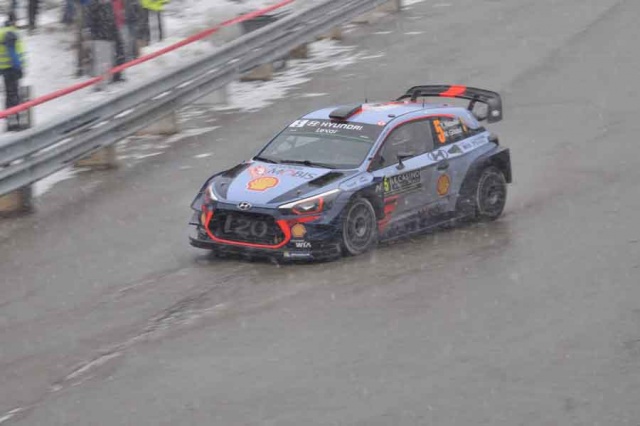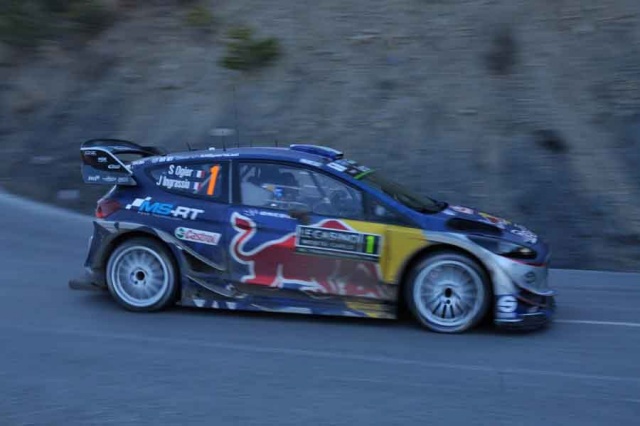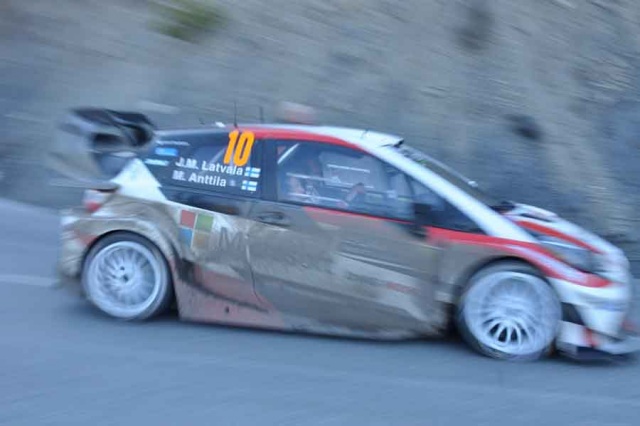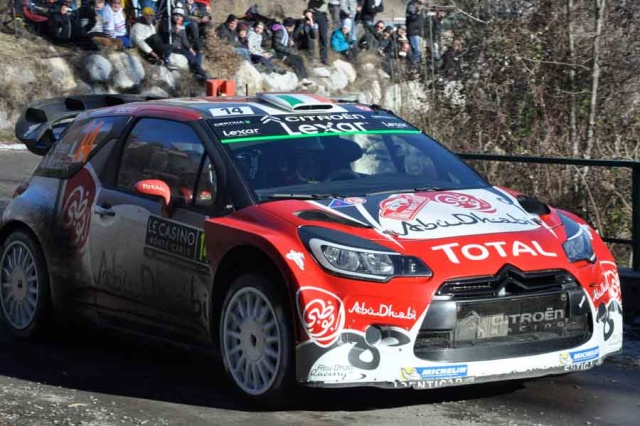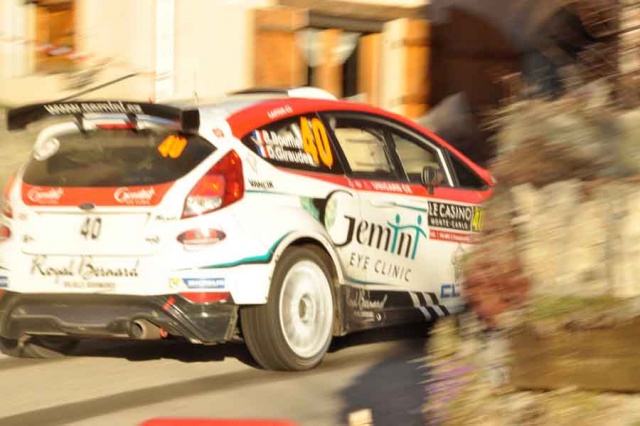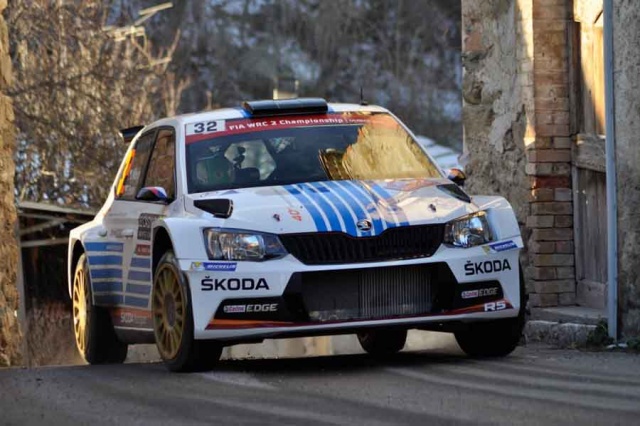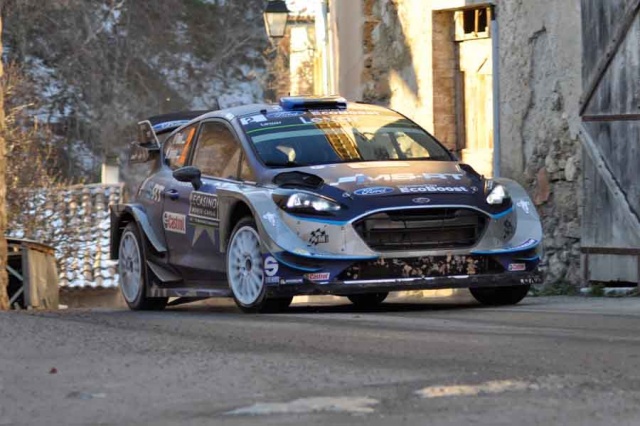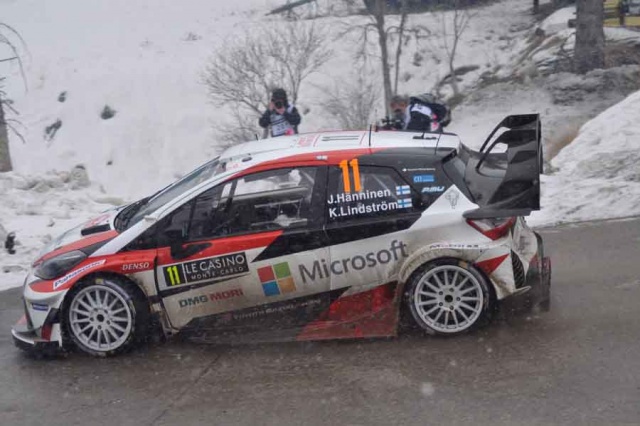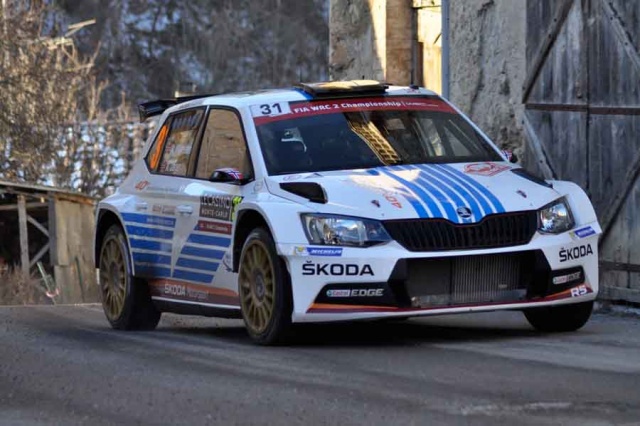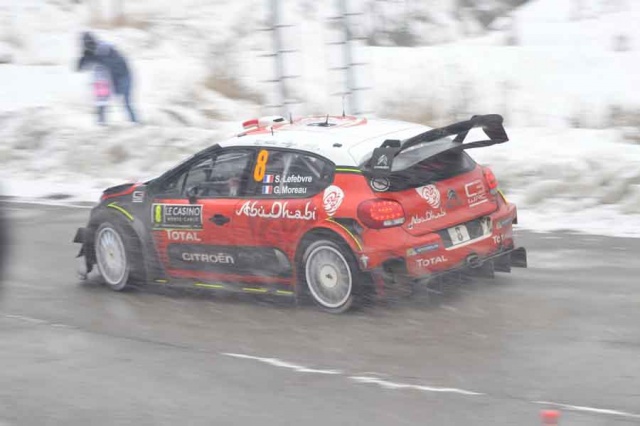Now that the dust (and snow) has settled, Maurice Malone analyses what effect the new World Rally Cars have had on the spectacle, and how the viewing public have reacted.
The real thing
An aggressive soundtrack of rising and falling revs, interspersed with the faint popping and banging of anti-lag can be heard further down the valley. Super-intense spotlights do their best to illuminate the icy blackness of the road ahead, the trajectory of their beams switching back and forth like crazy as the car negotiates a series of switchback hairpins, highlighting the smoke from campfires lit below. The sound draws ever closer, competing with the fizz and pop of fireworks further up the hillside. Flares glow bright red, reminiscent of a particularly enthusiastic gang of Ultras at the Derby di Milano, but there's no hooliganism here. Just a chorus of excited voices in countless dialects, some heading towards the entertaining end of a bottle of whiskey, but no less friendly for it. This is most people's first experience of the new breed of World Rally Car, and the buzz is more tangible than it's been in years.
The exhaust glows like an F-16 on afterburner, with bursts of bright orange flame licking the road betraying any lift of the throttle. The sound is now almost deafening, and a cartoonish silhouette flashes into view. Tortured rear tyres squeal as a quick touch of the hydraulic handbrake sends the car sideways, then it's straight back on the power. Sticky Michelins find purchase on the cold tarmac and catapult the rocket forward past the spectators gathered inches from the road, their eyes scarcely able to believe the speed at which the wide beast accelerates up the hill. A scent of headache-inducing race fuel lingers in the air, the sound dissipating as quick as it arrived. Stopwatches are checked, and the time filters around. It's quick. A cheer goes up from the crowd, their eyes now turning once again to the bottom of the hill to spot the next challenger. Welcome to the magic of night time at the Monte-Carlo rally.
A tragic start
Teams can test until the cows come home (and did), but the first rally of the year is where all the hard work finally comes to fruition. The off-season had plenty of excitement in its own right; Volkswagen's withdrawal as a works team and the subsequent effect on the driver market, M-Sport's signing of the second most successful Sebastien in rallying history and the uncertainty felt by each and every team as they tried to hone their new chargers without knowing exactly how quick the competition would be.
The shakedown stage gave an early hint of what was to come as the 380hp beasts struggled for grip on the icy tarmac. Sebastien Ogier immediately outlined his intentions with a time over four seconds quicker than anyone else in a Fiesta that was visibly on it, while Volkswagen refugee Andreas Mikkelsen pushed his R5-specification Skoda Fabia into an amazing second. The Citroen C3 WRCs of Kris Meeke and his French teammate Stephane Lefebvre looked more like snowploughs, both riding noticeably lower than any of the other cars, their deep chin spoilers pushing powdery snow up over their bonnets and sump guards scraping against the bumpy tarmac. The Hyundais looked stable and composed, while onlookers wondered how much of the Toyota Yaris WRC's insane bodywork would last the course of the event.
An atmosphere of pure electricity prevailed during the build-up to the first stage on Thursday night. As reigning champion, Ogier's spotlights were the first to penetrate the cold darkness, and spectators that had walked for kilometres to remote vantage points got their first glimpse of the new cars in true competition. No-one was to guess what drama would unfold next however, as the live TV feed cut abruptly from showing Meeke's Citroen on the start line to the sight of Hayden Paddon's Hyundai i20 coming to rest on its side. A slow-motion replay showed the Kiwi driver sliding on a medium-speed left-hander, the car impacting a rock face, rolling over and ending up faced the wrong way back down the stage. Something wasn't right though, as instead of pushing the lightly-damaged car back on its wheels, spectators thronged around a body on the ground. The new era of rallying was barely ten minutes old, but everyone's worst nightmare was already playing out in front of their eyes.
It's important at this point to state that the crash was a simple rally accident that went horrifically wrong. It had nothing to do with the type of car involved, and everything to do with spectator behaviour. Comparisons made between the new cars and the old Group B monsters in the lead-up to the event suddenly became very chilling, but if Paddon hadn't gone off then someone lower down the field in a slower car most certainly would have, with much the same effect. The stage was understandably cancelled, and the event went on under a dark cloud.
The show goes on
The Monte is so unpredictable that it's quite difficult to judge the competitiveness of the new cars relative to one another, but some conclusions can still be drawn. The Hyundai is quick, and suits Thierry Neuville's driving style. A tiny error on the 13th stage denied the Belgian what would have been a dominant victory, and reigning champion Ogier will be sure to have taken note. It's great to see a Ford on the top step again; especially after the work that M-Sport has done without the full factory backing enjoyed by other teams and the lift that Ogier's arrival has given to the squad will inspire them to push harder than ever before.
The Tommi Mäkinen-run Toyota team arrived with zero expectations, and walked away with the runner-up spot thanks to Jari-Matti Latvala. The all-Finnish concern has come up with one of the most aggressive looking (and sounding) competition cars in recent memory, and social media was full of pictures of the extreme rear aero setup of the Yaris for the duration of the weekend. When Latvala or teammate Juho Hänninen passed over snow at speed, the diffuser could be seen kicking up the white stuff at a rate nearly equal to the tyres, while the rectangular exhaust gobbed blue flames akin to an SR-71 spy plane. Talk about exciting!
Citroen's expected charge never materialised thanks to a litany of issues, culminating in poor Kris Meeke having to retire after his C3 was hit by a spectator's car between stages. The car looked extremely promising in testing videos, and one hopes that the next event in Sweden will bring better luck for the Dungannon man and his Killarney co-driver Paul Nagle. Our very own Craig Breen ended up in an amazing fifth, after a stunning drive in an old DS 3 WRC, which is 80hp and years of development down on the new cars. Mark our words; this boy is the real deal...
The way forward?
Crowds are always a feature of the French event, but this year was something else. Those that were there spoke of walking kilometres upon kilometres past parked cars on the way to stages, and the atmosphere had to be felt to be believed. One thing that the WRC has lacked in recent times is TV coverage that does the sport's exciting nature justice, but it looks like major strides have been made on that front. The sensation of speed is finally visible on the small screen, and the analysis provided by Red Bull's own network was watchable for the hardcore bobble-hatter and casual fan alike. The live stages are also a big draw, and the sight of Ott Tänak nearly wiping out the finish boards on the last corner of the rally as he dragged his sick Ford to a podium position was heart-in-mouth stuff. This is exactly the type of dramatic scene that the sport needs to convey to the next generation of petrolheads.
The cars themselves are fast. Really, truly, scarily fast. The high-speed events later in the year will be something to behold, but already concerns are being voiced about crew and spectator safety. Pace notes are being shorn of detail so that co-drivers can keep up with the road ahead, drivers are physically tired at the end of stages and the challenge is the greatest it's been in recent memory.
Rallying is on the verge of something big, and now is the time for manufacturers to capitalise by building road cars that capture the imagination of the buying public. “Win on Sunday, sell on Monday” might be a tired adage, but fans have been denied a true rally-to-road-car link for too long. In their defence, Ford has the ST and RS models, and Toyota is building a hot Yaris. Now Hyundai just needs to give us an N performance version of the i20, and Citroen a winged and toughened-up C3. Wouldn't that be an exciting group test?

